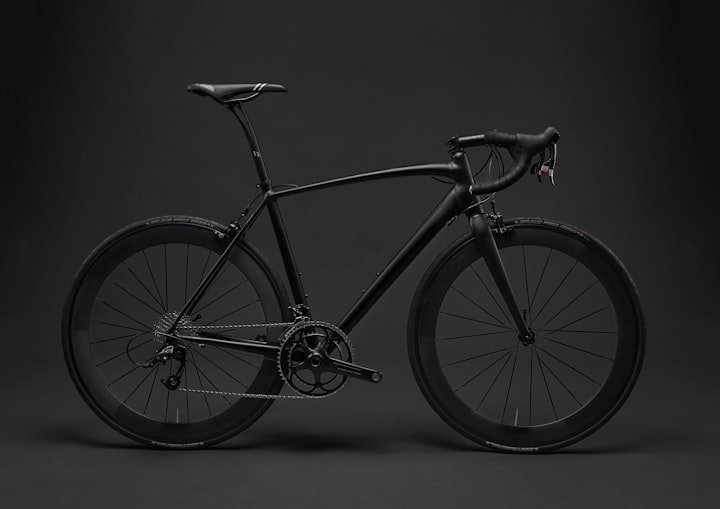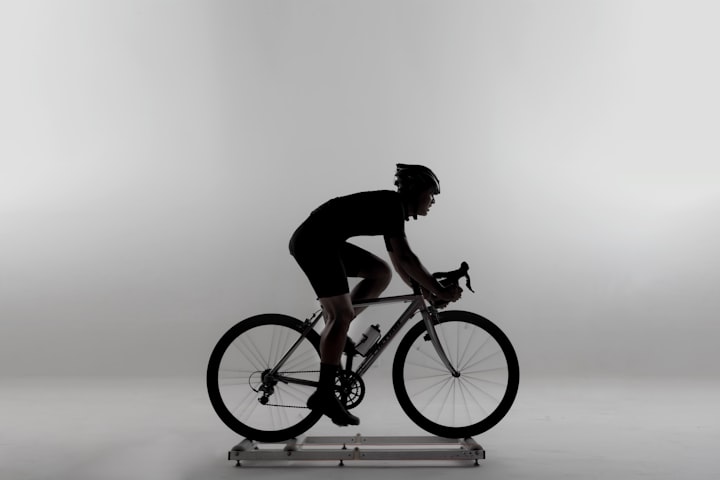Why smart cyclists train with watts

Watts and watts/kg are the magic numbers in cycling. There is not a single metric that is more important than the number of watts a cyclist can produce for a certain amount of time.
Used correctly, watts can help you better understand how your energy is being transferred to the bike. Perceived exertion changes based on several factors such as your stress levels, how well you ate or slept before your ride, and the temperature outside. Watts are unbiased. “That’s what’s great about wattage.
The absolute amount of power at your disposal is not the only factor in determining the performance of most cyclists. The amount of mass you have to move around — i.e. your bodyweight — is vitally important too. This is because accelerating mass or moving mass uphill against the force of gravity requires power. It follows therefore that if you have less mass to lug around, you need less power to move it.
What are watts
A watt is a unit of power. Simple enough, right? Well it is not that easy, but watts are essentially a number used to measure power.
In simpler terms, watts measure how hard you work. One horse, for example, can produce 746 watts.
Most pro cyclists produce about 200 to 300 watts on average during a four-hour tour stage. The recreational rider, on the other hand, might be only able to sustain this wattage during a 45-minute or hour-long spin class.
Why watts per kilogram are so important
The sheer number of watts someone can produce are not very important. What is key, is the relation between the weight and size of the person and the amount of watts they can produce.
Example
- Two athletes are the exact same height and body build.
- Both can produce 200 watts of power for one hour straight.
- However, one of the two weighs 50 kg and the other 100 kg.
- The lighter (50 kg) athlete‘s 200 watts of power, will have propelled him/her approximately (2x?) further than the 100 kg athlete.
- It is not about the total amount of watts a sportsman can produce, but the watt to weight ratio is crucial.
Note: this is a highly simplified depiction of watts/kg – and not 100% scientifically correct. However, you do get the gist of it I hope.
Try going on a bike tour with someone significantly lighter or heavier than you and ask them to keep the same number of watts as you are producing for a couple of minutes… You will be amazed at the difference.
How to measure your watts
The best way to measure your wattage output is using a power meter. I have installed a Quarq power meter on my bike. This allows me to monitor my output in great detail.
A physical power meter can be costly, though. If you have a gym membership or pass, you might want to give one of the stationary bikes a go.
If you would like to know how high or low your output is, the easiest way to measure that is a 20 minute Function Threshold Power test (FTP-test). This is the highest, average number of watts you can sustain for a period of 20 minutes – in one go.
Simple enough to try and it does not take all that long. Do a 5-10 minute warming up, and give it your best shot. Don‘t forget, your FTP changes and you might need to do a couple of runs in the days and weeks to come to calculate your average FTP.
How to increase your wattage/kilogram
There are three simple things you can do to increase the wattage you produce, compared to your body mass:
- Increase your power output while keeping your weight constant.
- Keep your power output constant while decreasing your weight.
- Increase your power output while also decreasing your weight.
There is no secret (winning) formula, but it is fairly simple: the lightest cyclist with the relatively highest output for his/her body mass, should be faster (uphill) if all other factors are the same.
Of course in the real world, a number can just be a number, too. Form of the day, material, external influences, timing, perseverance and stamina are just as important as a mere „perfect“ power to weight-ratio.
References
All „good“ articles get their inspiration from somewhere. Some need some good facts and figures, too. Here are the references used for this article.


